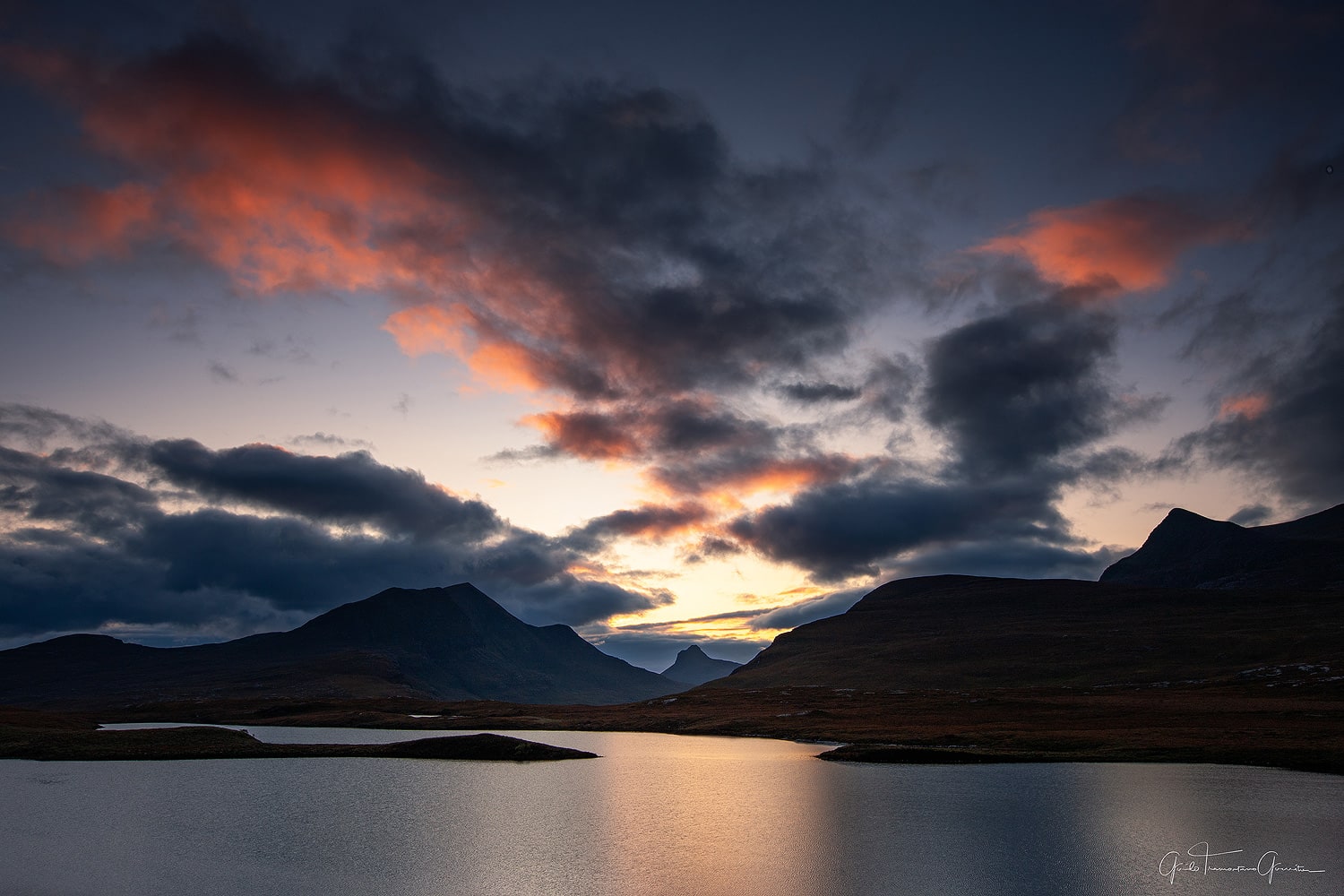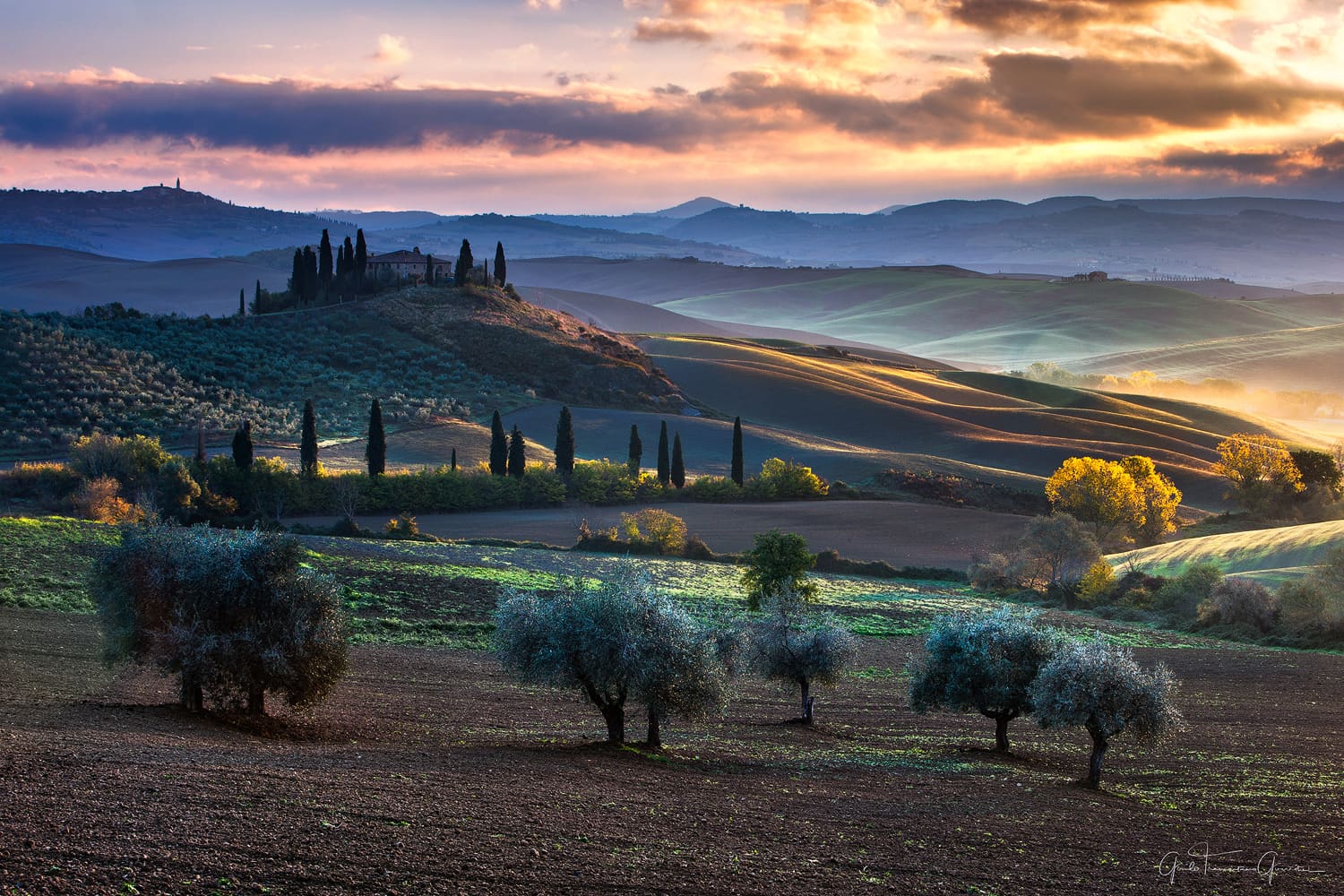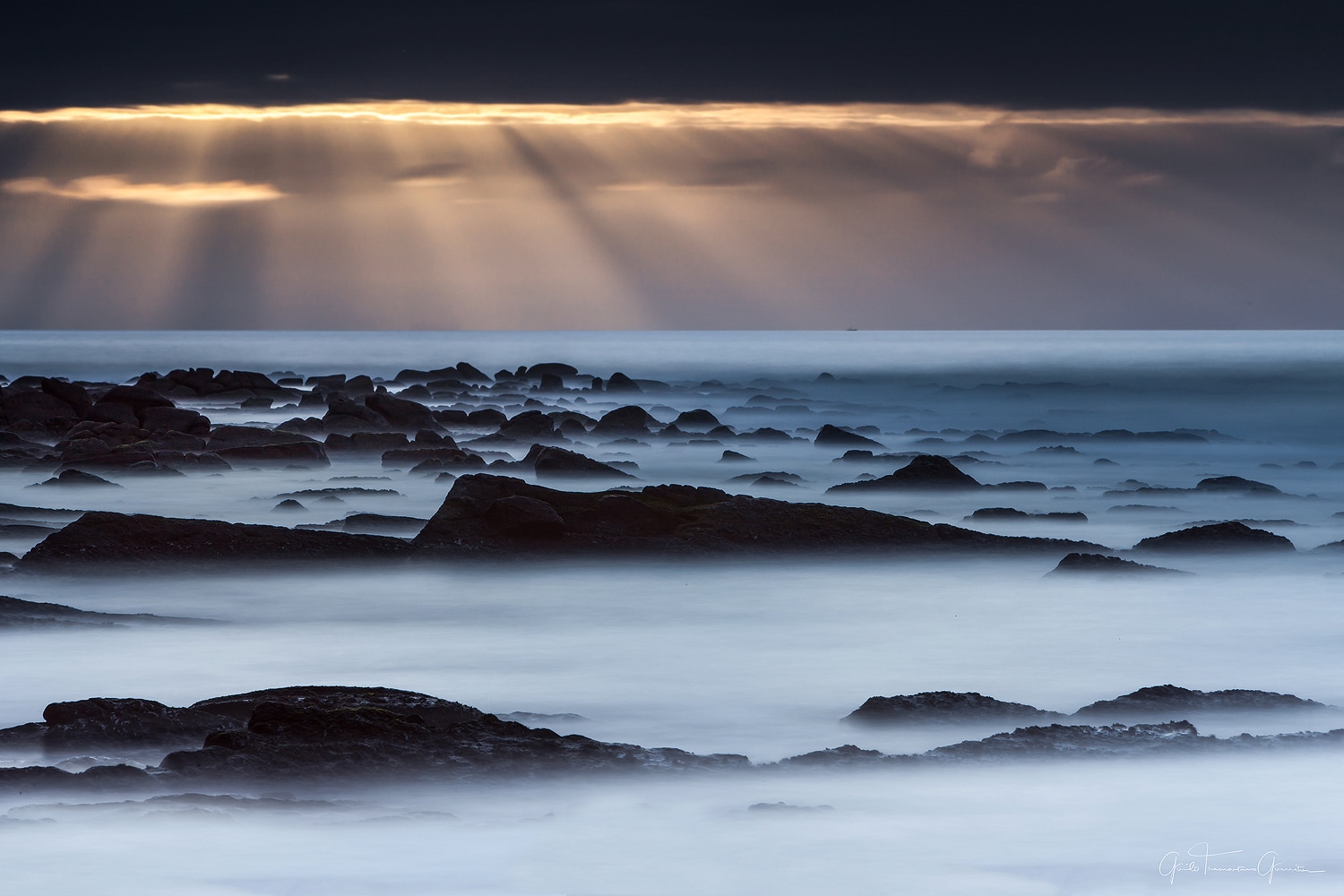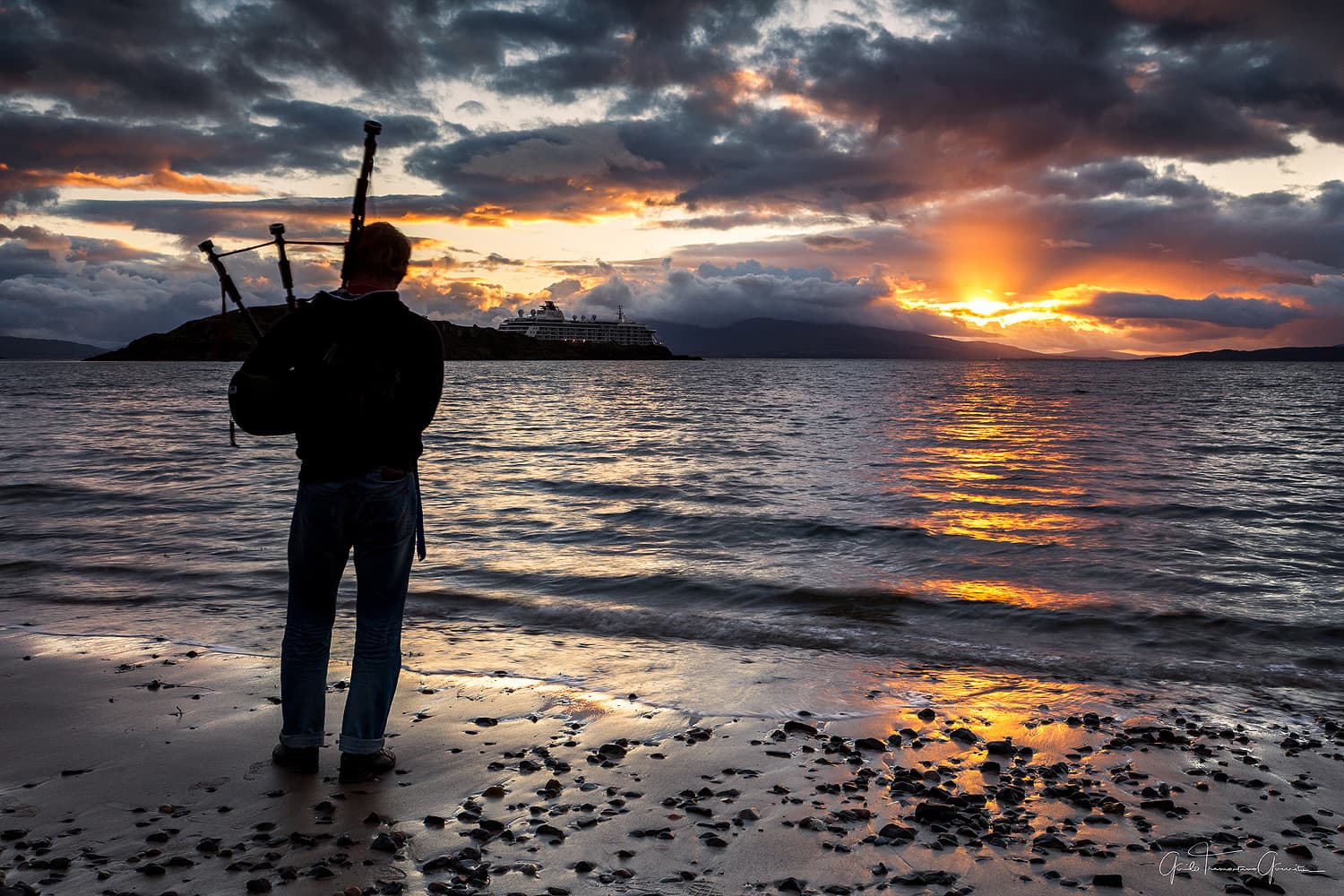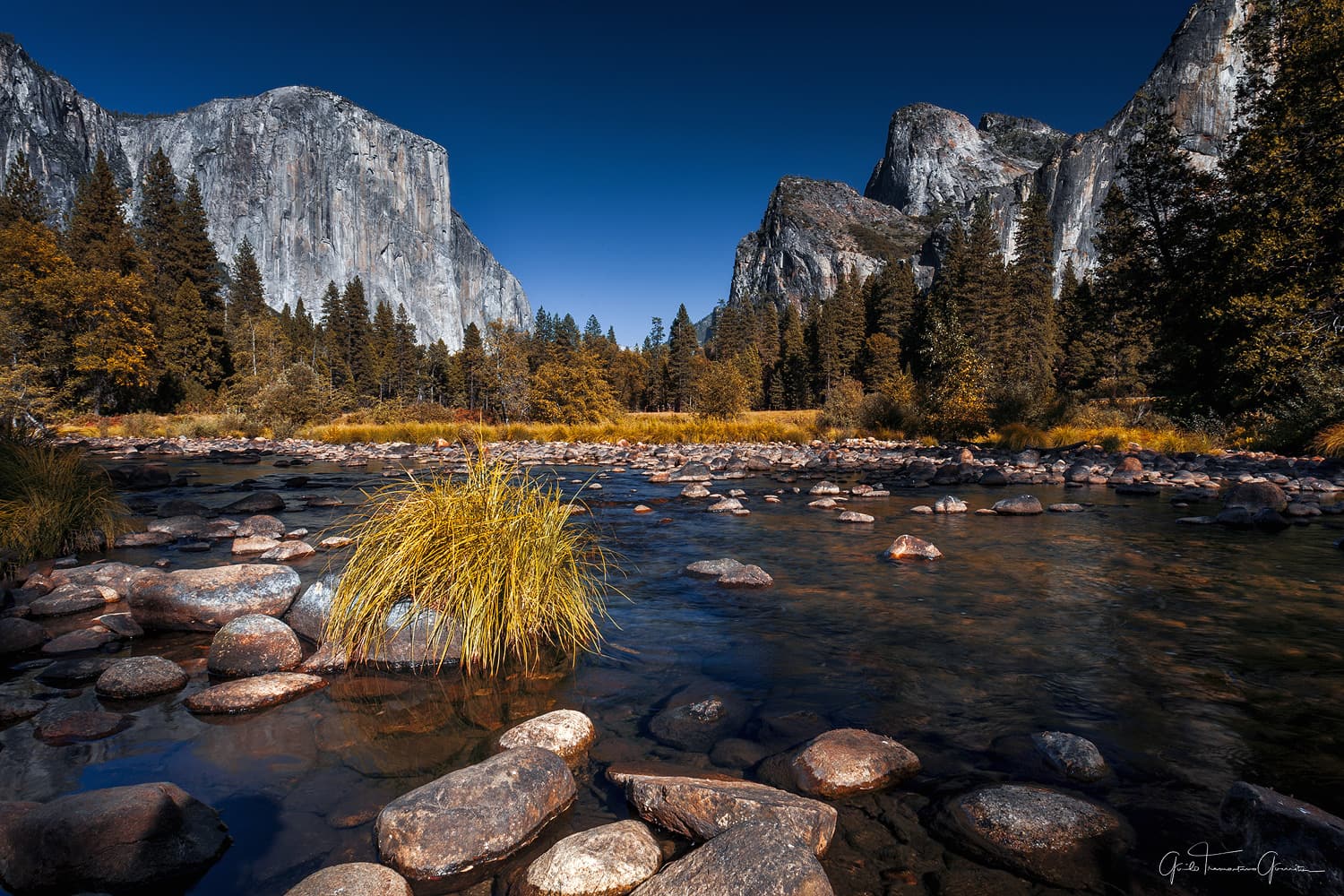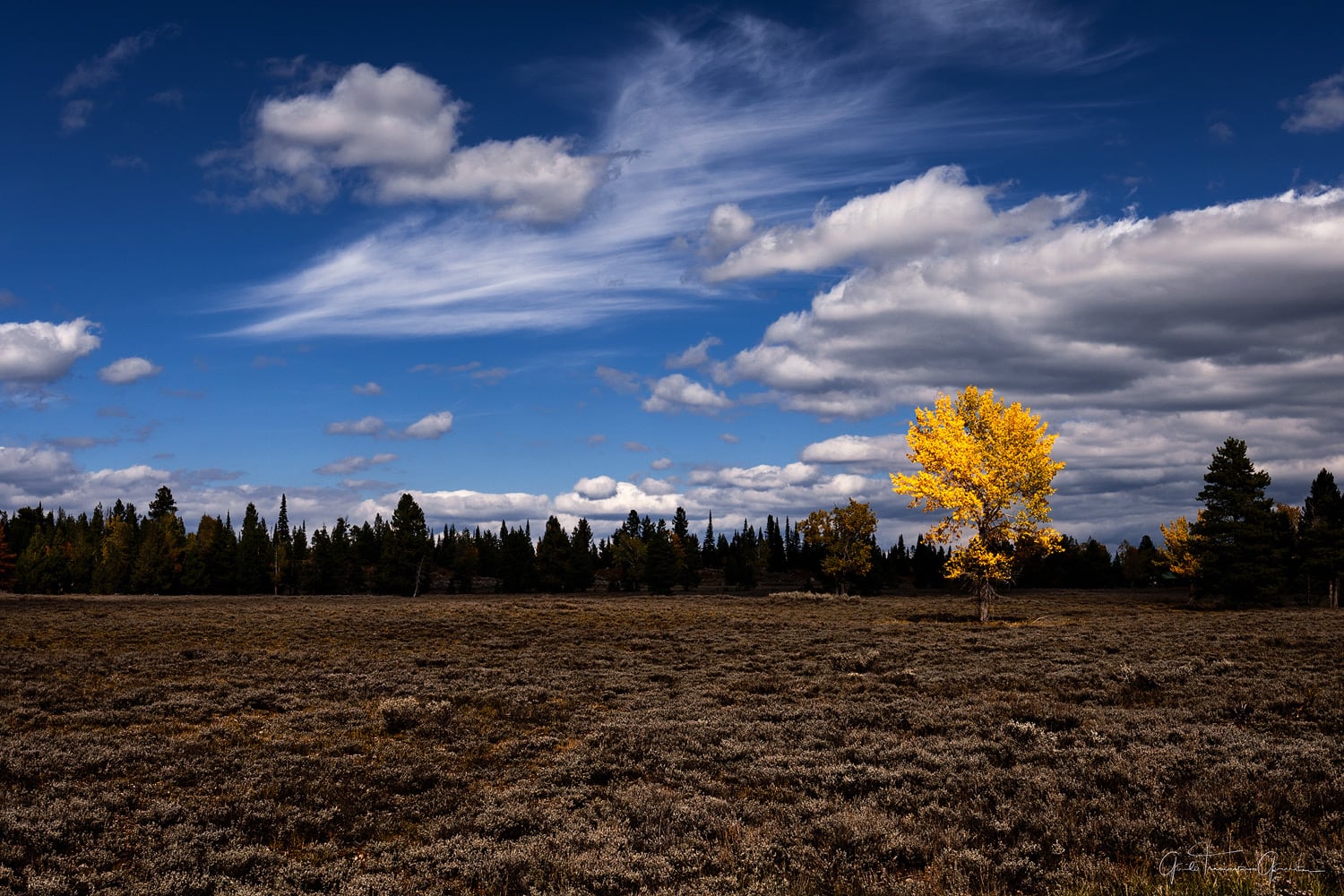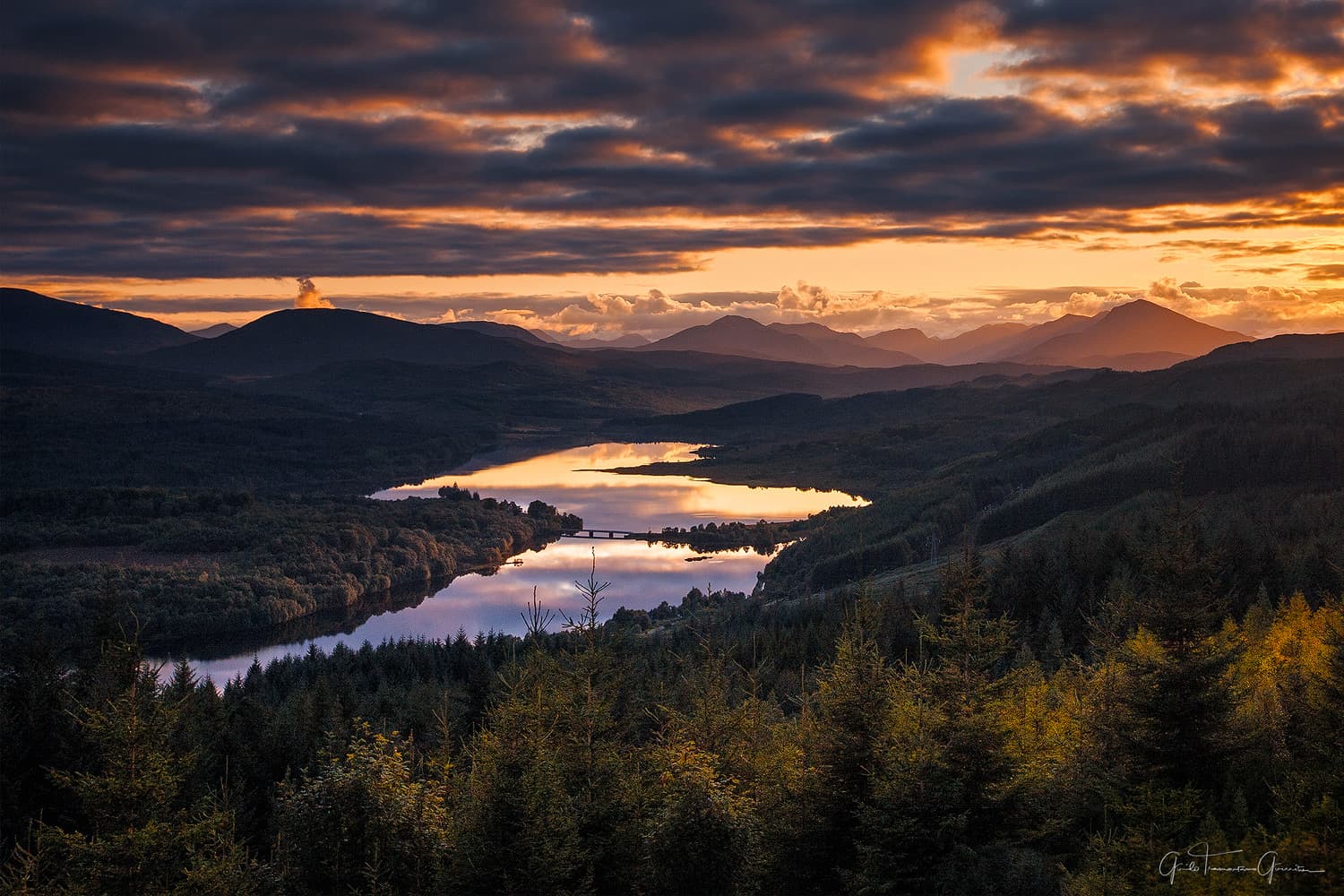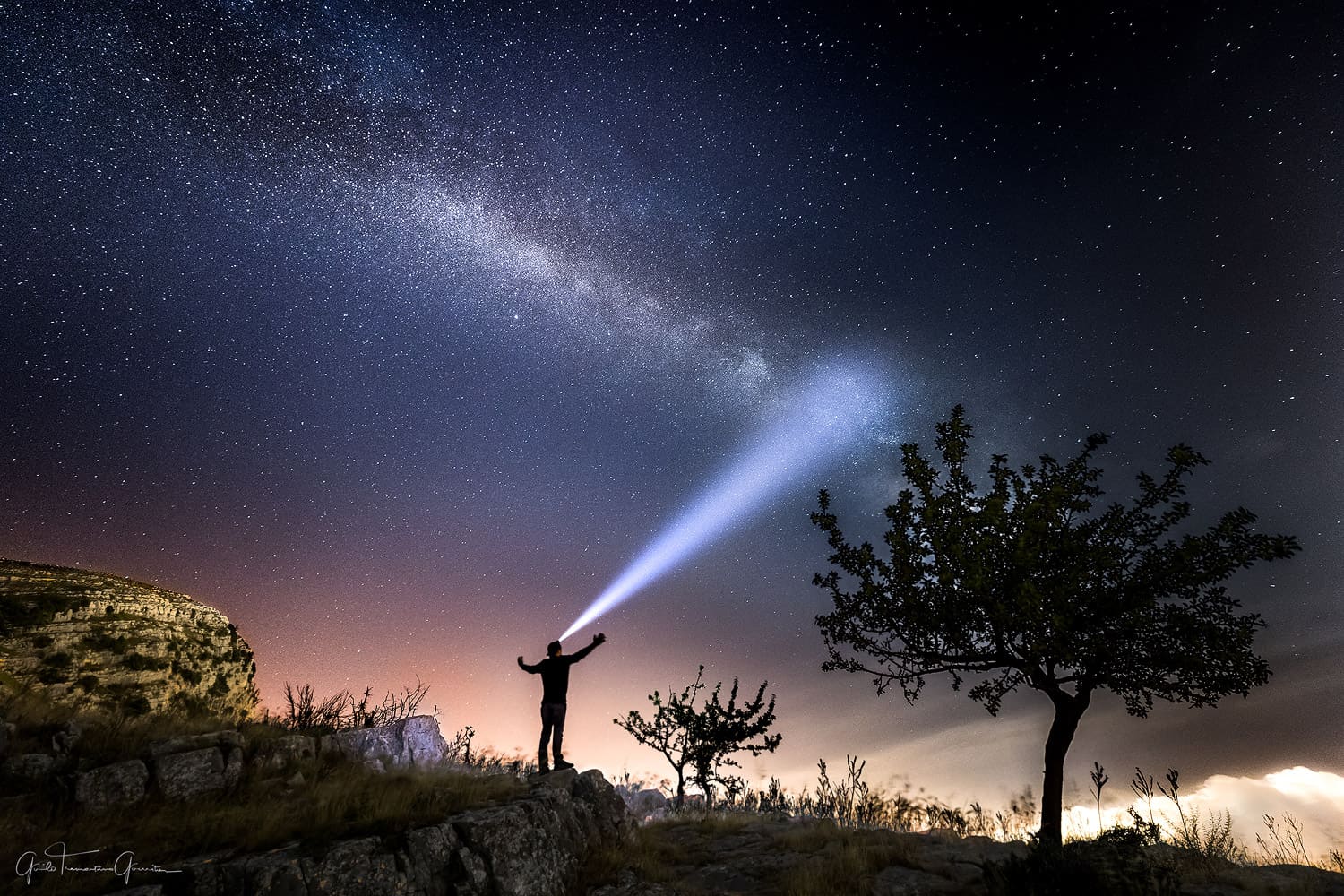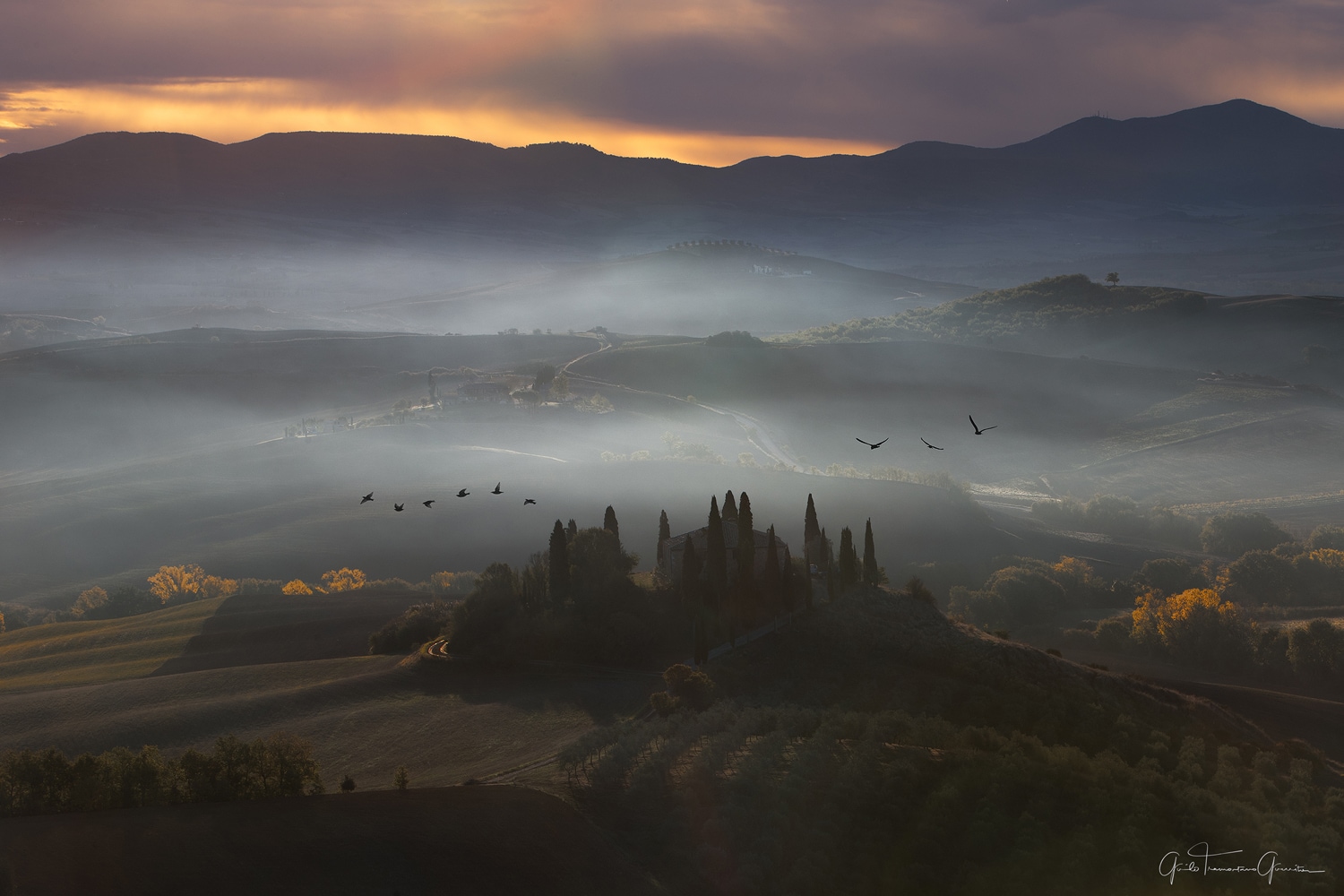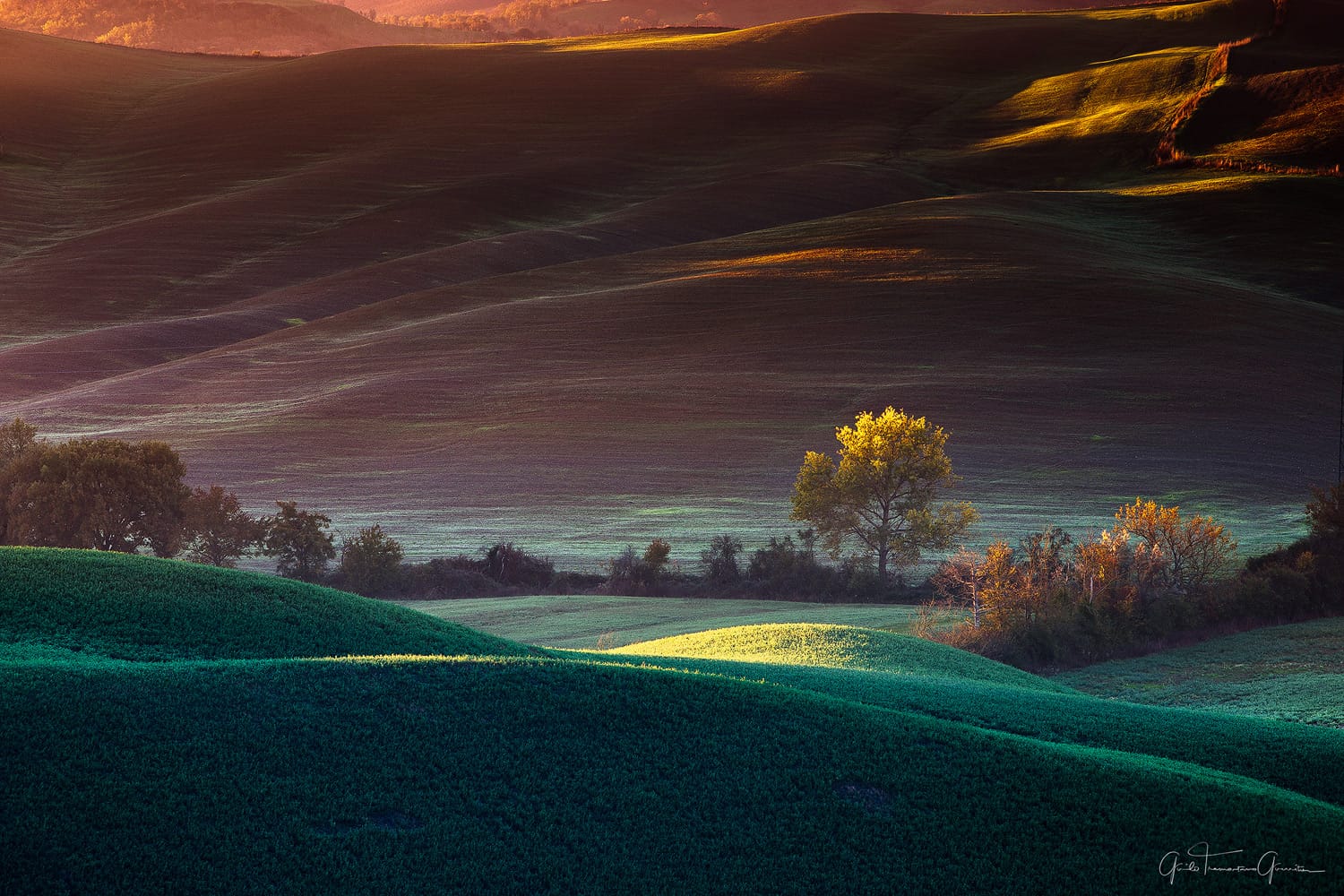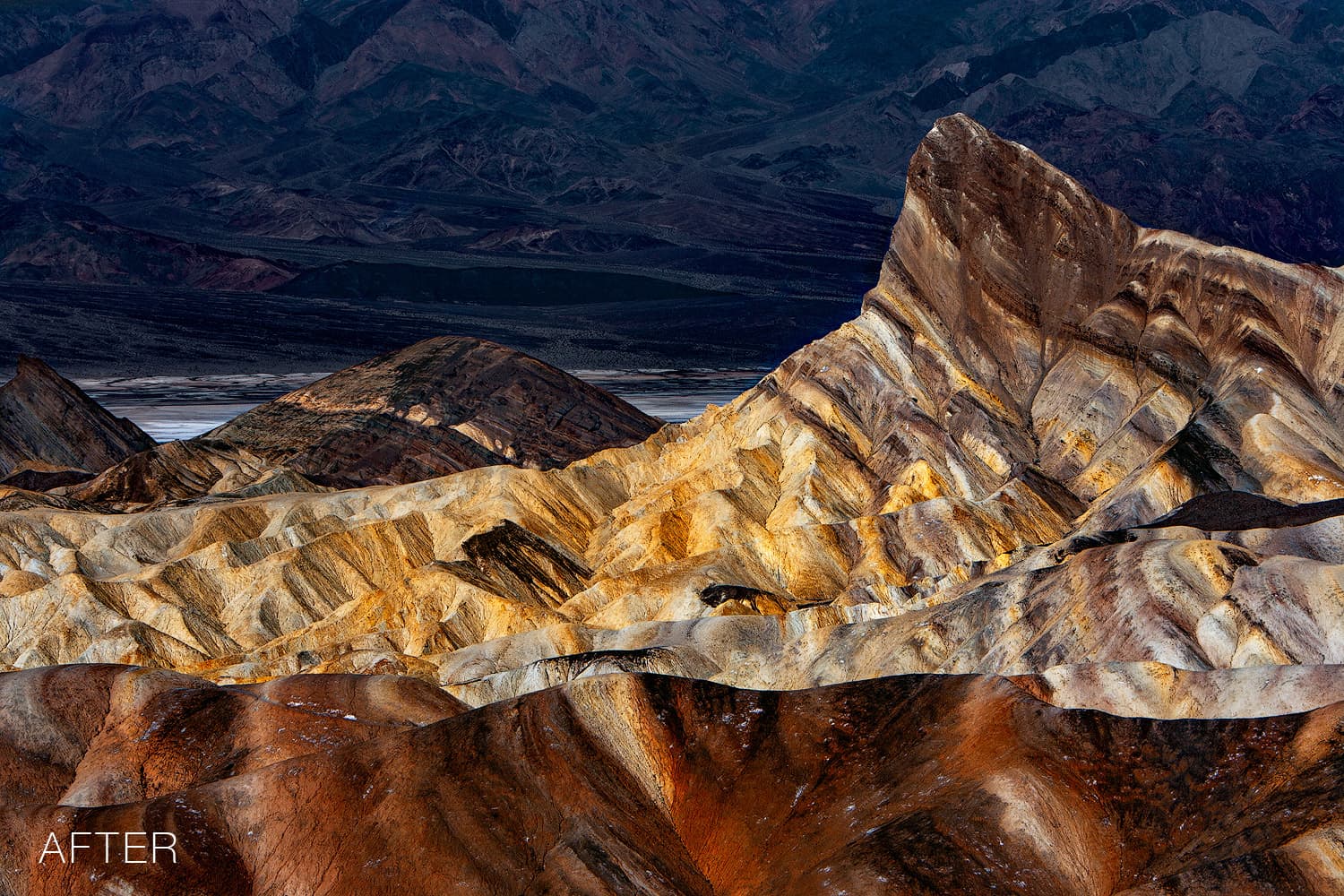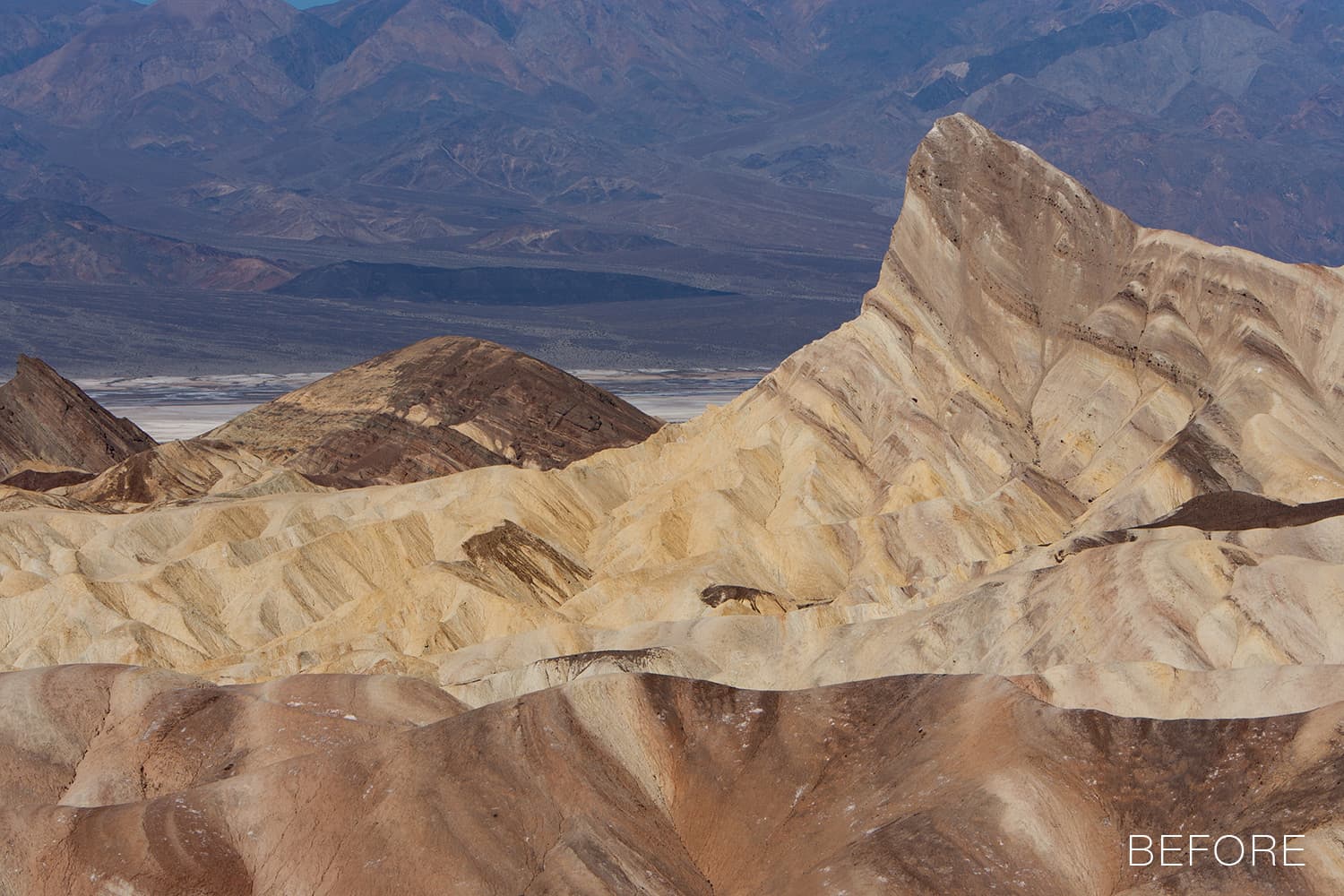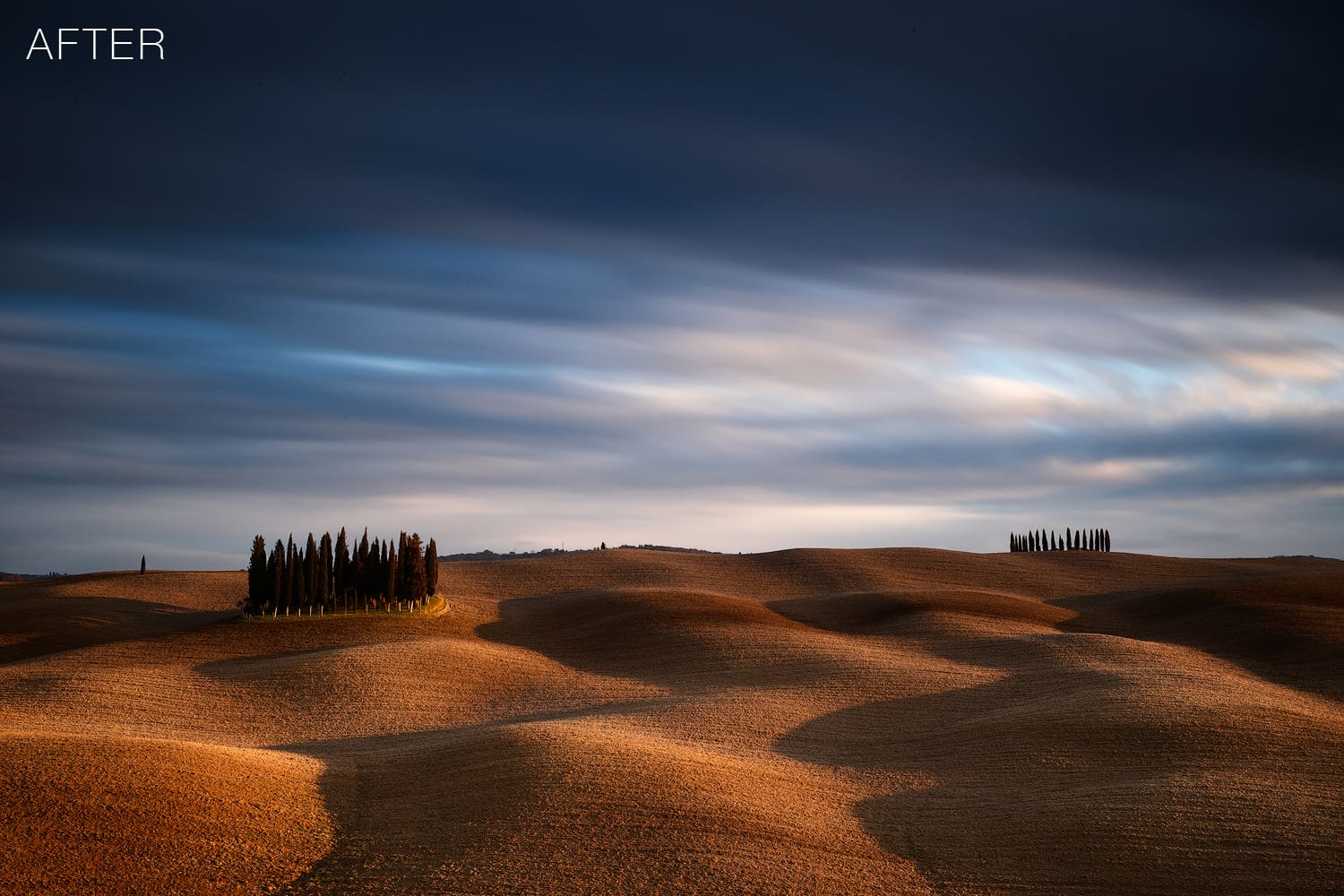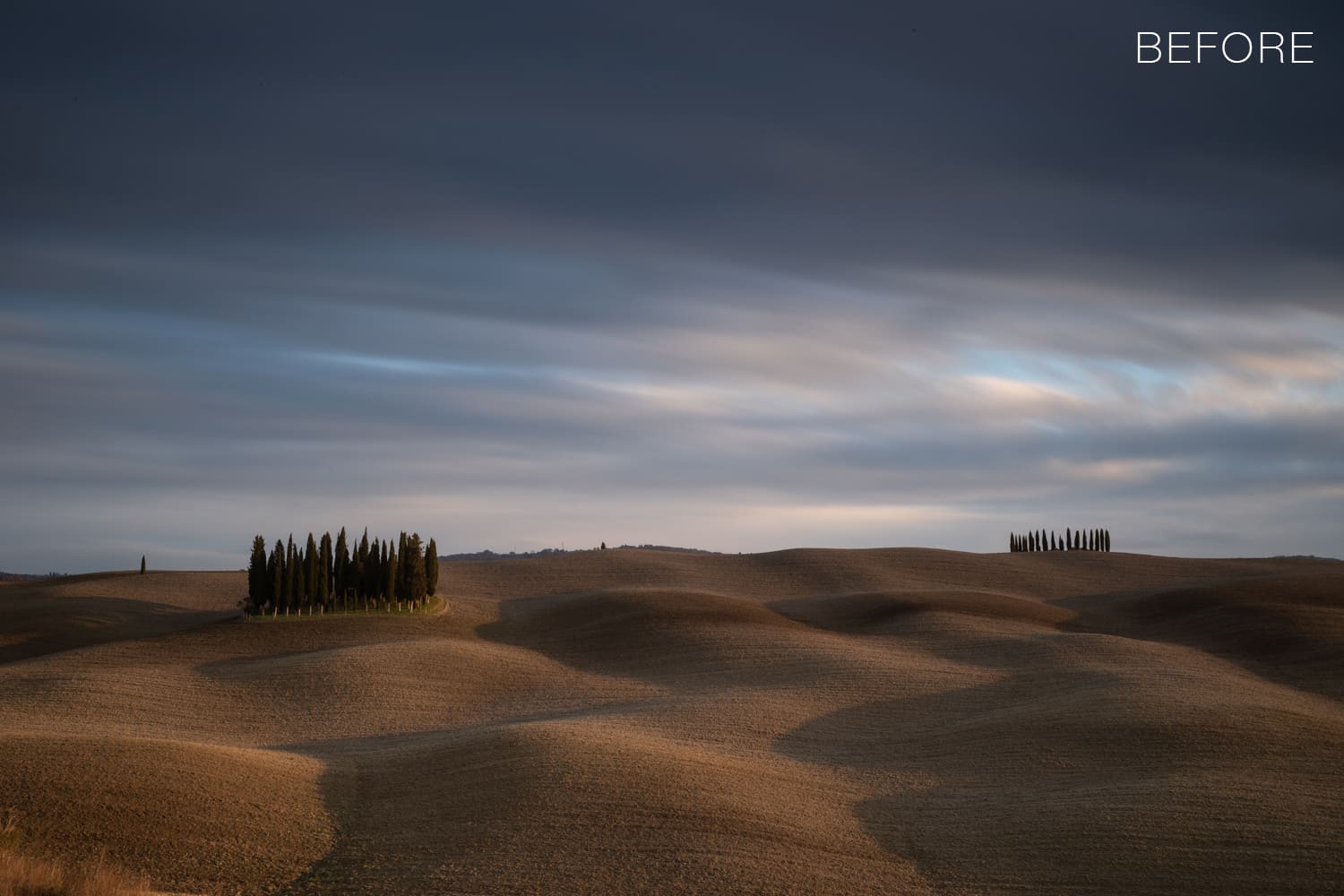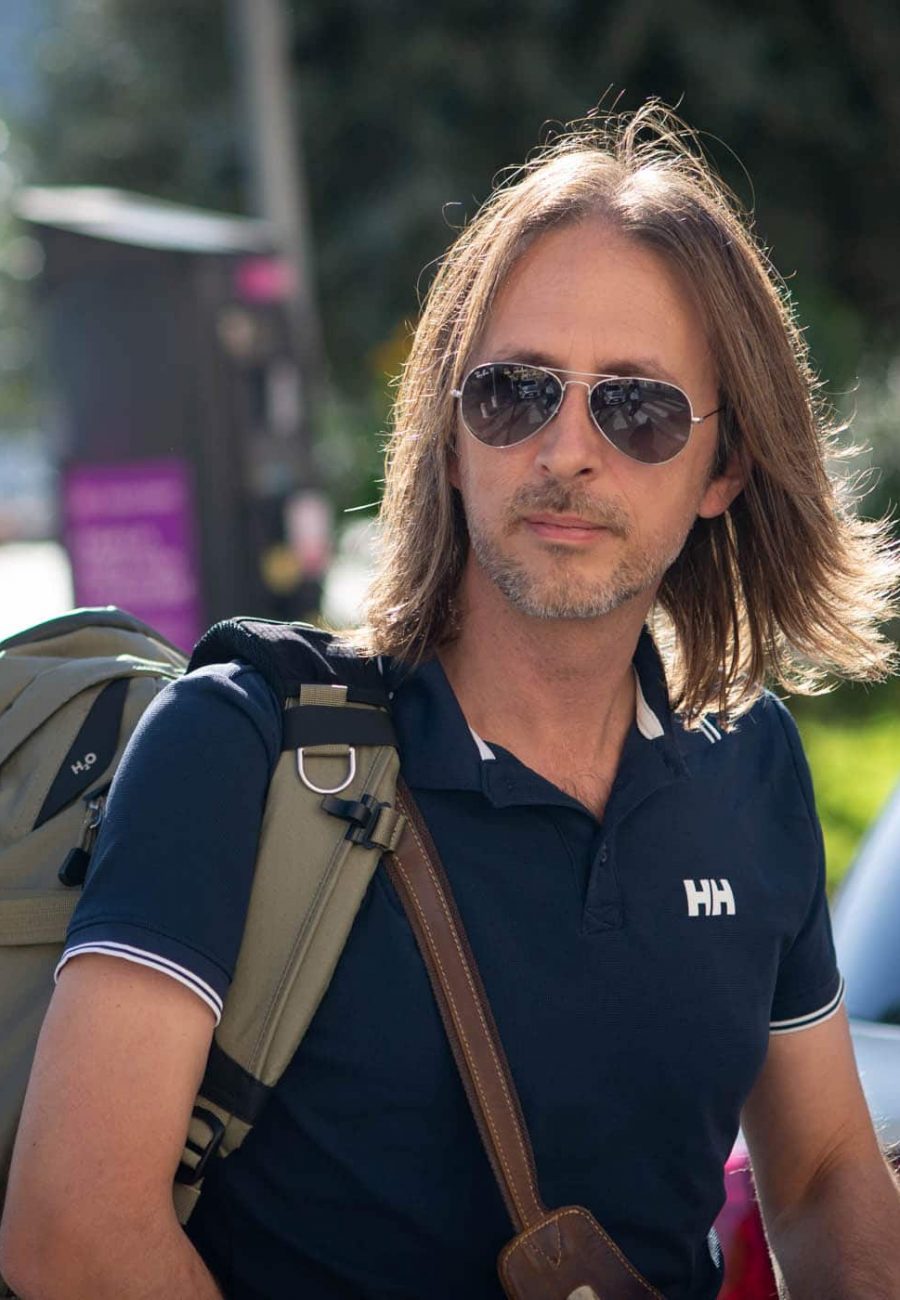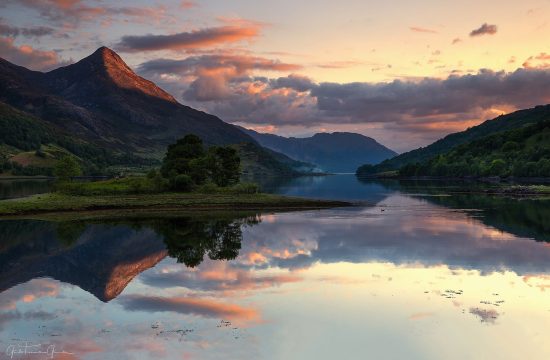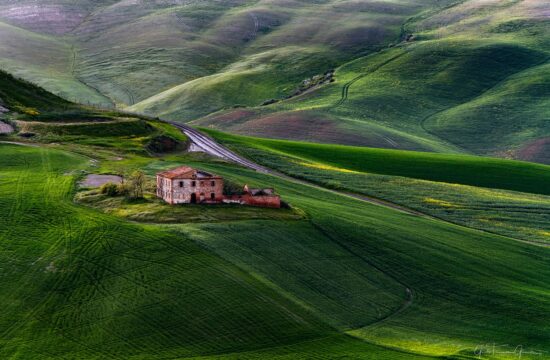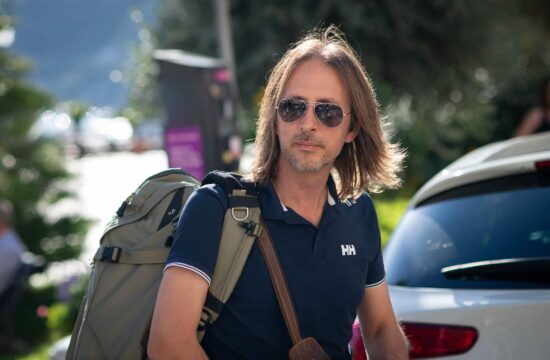I believe the best way to learn and improve skills is practicing in the field with the assistance of an expert photographer’s mentoring. This ensures a much faster and pleasant learning curve.
One to one tuition sessions are designed to guarantee full and exclusive attention from the instructor to participants. The courses are essentially tailored to the photographers specific needs and skill level. The participant is given the possibility to decide the date (assuming I am available), the location and duration of the tuition. (Minimum 4 hours to maximum 2 days)
If participant has no precise idea of where he would like the tuition to take place, but just wants to improve his/her technique, I can propose a location.
The photographer attending the workshop could eventually decide to share the course with a friend, in which case the rate of the tuition will be shared as well.
With a one-to-one tuition we can discuss whatever subjects you need help with, ranging from techniques training for beginner to advanced for skilled photographers. Following are some examples of the topics we can cover:
- Camera settings and metering
- Aperture and depth of field
- Hyperfocal distance
- Composing with wide-angle
- Exposure braketing *
- Use of GND and ND filters
- Long exposure
- Flare control
- Focus stacking *
- Focal length blending *
- Time blending *
- Panoramas *
* The subjects marked with an asterisk require a post-processing workflow to be completely fulfilled, thus a separate post-processing one-to-one session is recommended.
One-to-one tuition courses are arranged by mutual agreement. If shortly before the agreed date the weather forecast prove to be unfavourable, a new date can be arranged.
If you wish to take advantage of one-to-one tuition please contact me using the contact form below.
